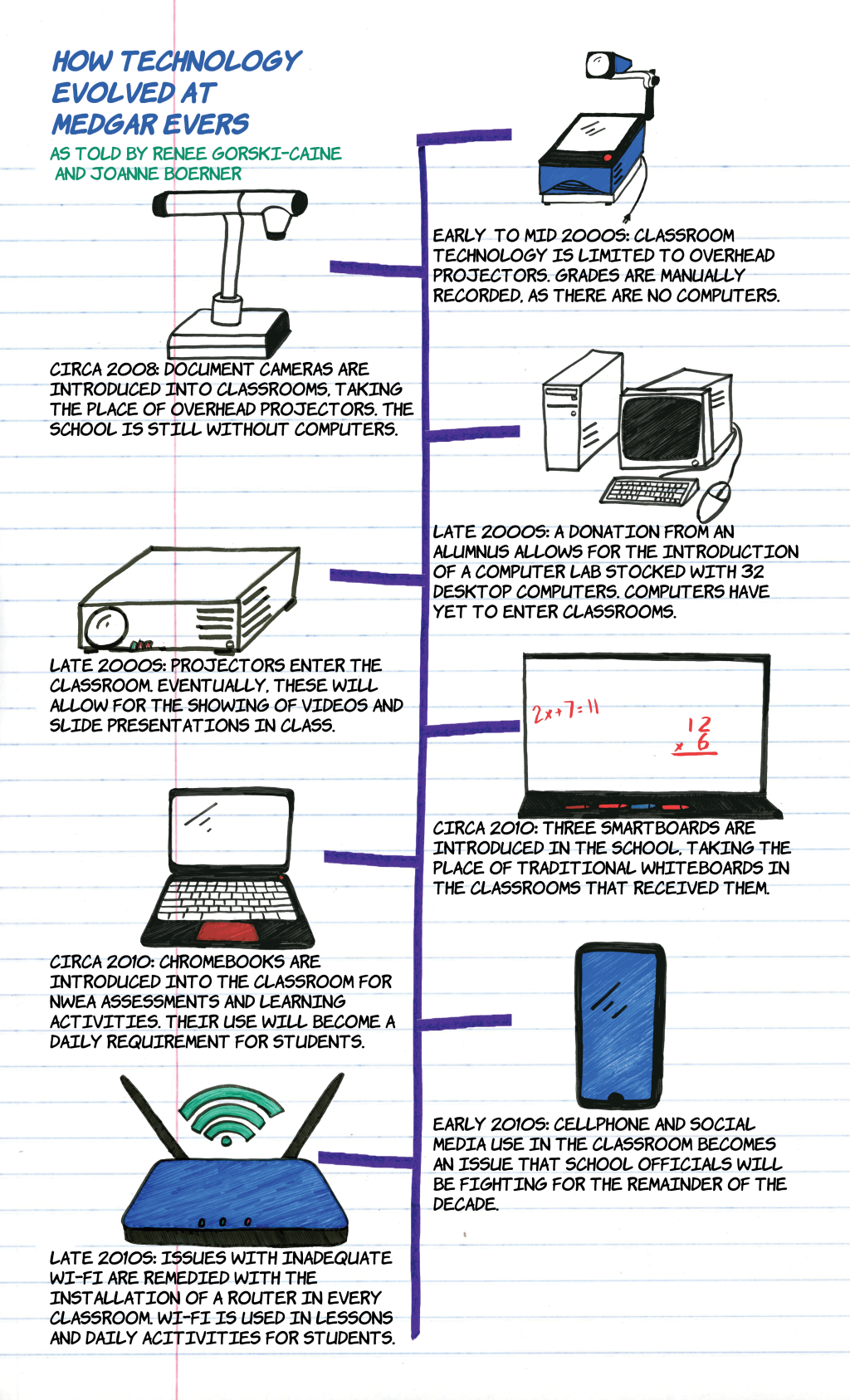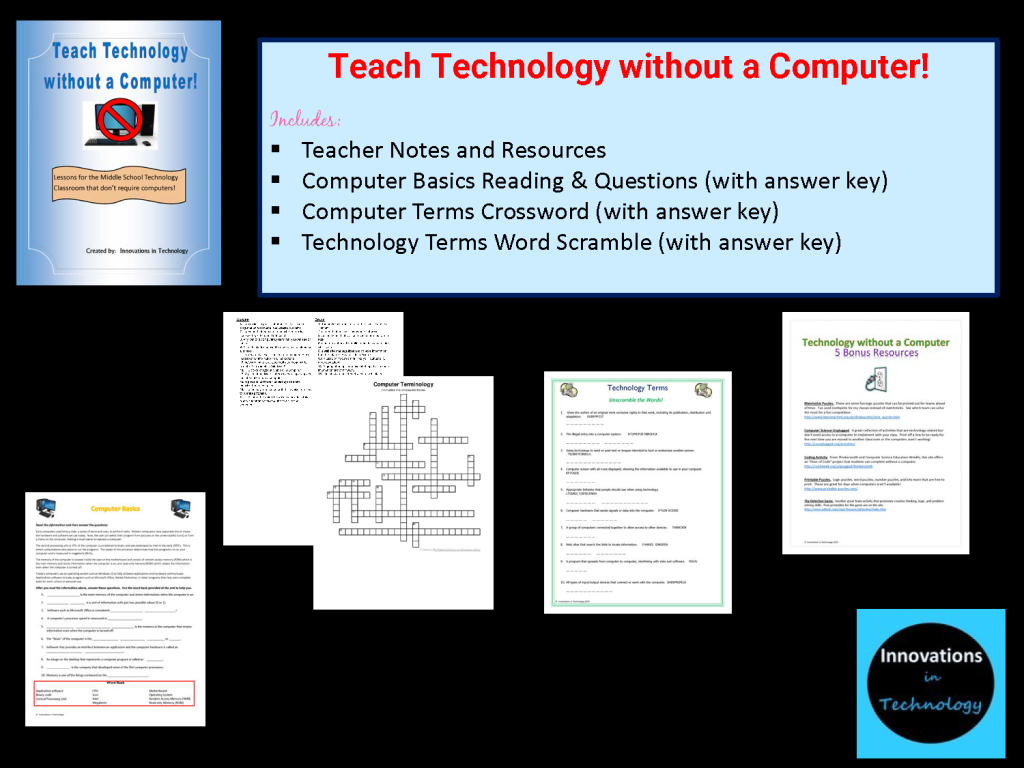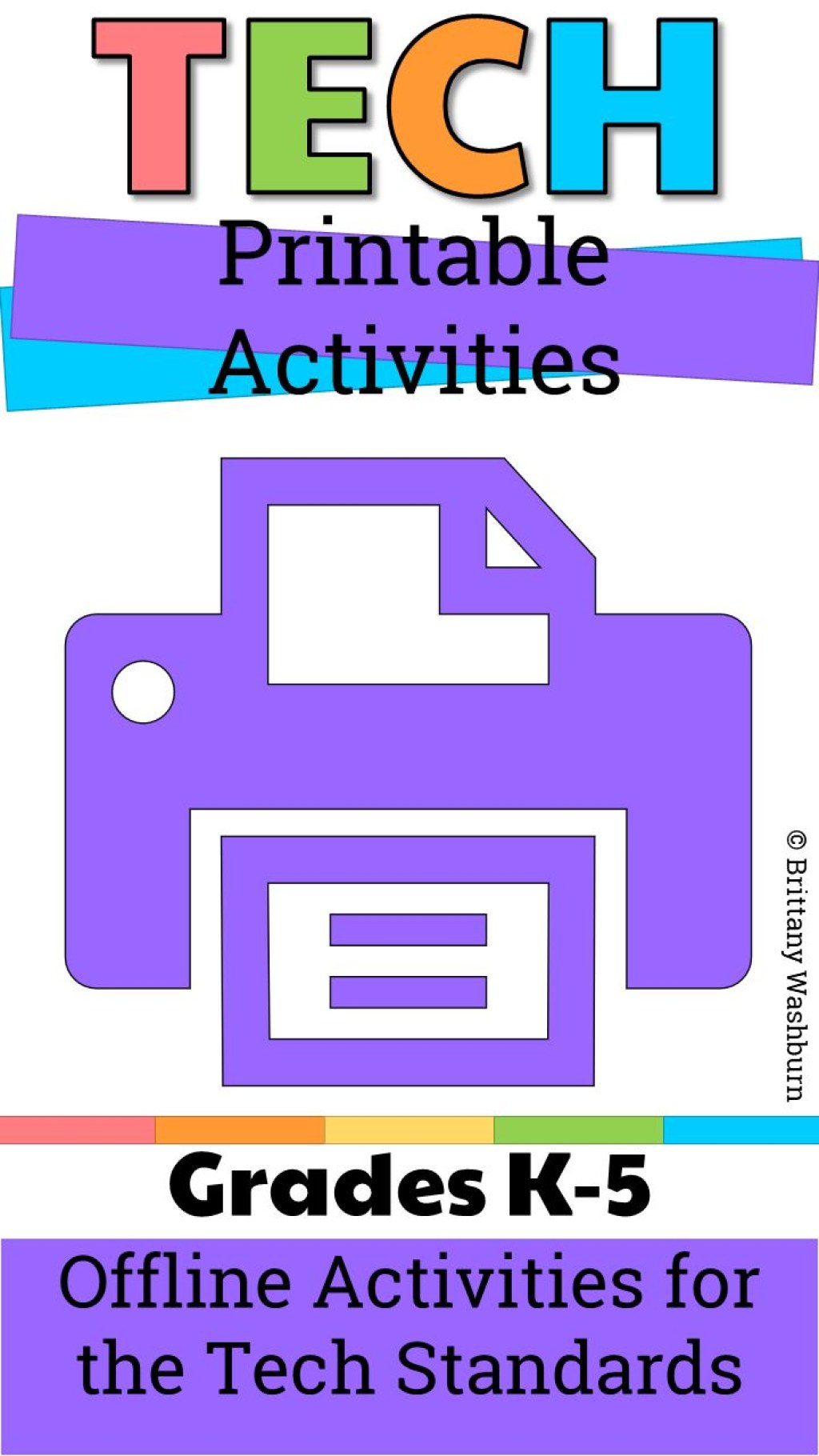Unleashing The Power Of Technology: Hands-On Lessons Without Computers
Technology Lessons Without Computers
Introduction
Hello Readers!
3 Picture Gallery: Unleashing The Power Of Technology: Hands-On Lessons Without Computers



Welcome to an exciting journey into the world of technology lessons without computers. In today’s digital age, it’s easy to overlook the value of non-digital tools and activities when it comes to learning about technology. In this article, we will explore various lessons and activities that can help you understand and appreciate technology without relying on computers. So, put away your laptops and smartphones, and let’s dive into the fascinating world of technology!
What Are Technology Lessons Without Computers?

Image Source: fourteeneastmag.com
Technology lessons without computers refer to educational activities and lessons that focus on teaching the principles and concepts of technology using non-digital tools and methods. These lessons aim to provide hands-on experiences and promote critical thinking and problem-solving skills, all while exploring the foundations of technology.
Exploring the Basics
One of the key aspects of technology lessons without computers is understanding the basic principles. By using analog tools such as circuit boards, wires, and batteries, students can learn about the flow of electricity, circuitry, and the components that make up various devices. Through hands-on experiments and projects, they gain a deeper understanding of how technology functions.
Building Structures
Building structures is another important aspect of technology lessons without computers. By using materials like blocks, Legos, or paper, students can design and construct models of buildings, bridges, or even simple machines. This helps them understand concepts like stability, balance, and the principles of engineering.
Understanding Communication

Image Source: shortpixel.ai
Technology is not just about devices and gadgets – it’s also about communication. In technology lessons without computers, students can explore various forms of communication, such as Morse code, semaphore flags, or even carrier pigeons. By understanding these historical methods, students gain insights into how information was transmitted before the advent of digital communication.
Exploring Transportation
Transportation is an integral part of technology, and without computers, we can still learn about it through hands-on activities. Students can design and build model vehicles using materials like cardboard, straws, or even recycled items. By experimenting with these models, they learn about the principles of motion, energy, and the mechanics behind transportation systems.
Unleashing Creativity

Image Source: pinimg.com
Technology lessons without computers also provide an excellent opportunity for students to unleash their creativity. Through art projects, such as drawing, painting, or sculpting, students can express their understanding of technology and its impact on society. This allows for a more holistic and well-rounded approach to learning about technology.
Experimenting with Science
Science and technology go hand in hand, and without computers, we can still conduct experiments to learn about scientific concepts. By using simple tools like magnifying glasses, thermometers, or even basic chemistry sets, students can explore various scientific principles and understand their connection to technology.
Problem-Solving Challenges
Lastly, technology lessons without computers provide opportunities for problem-solving challenges. By presenting students with real-world problems, they can brainstorm solutions, design prototypes, and test their ideas using non-digital tools. This hands-on approach fosters creativity, critical thinking, and collaboration skills.
Advantages and Disadvantages
Just like any other teaching method, technology lessons without computers have their own advantages and disadvantages. Let’s explore them:
Advantages:
1. Hands-on learning experience that promotes deeper understanding.
2. Encourages creativity and critical thinking skills.
3. Fosters collaboration and teamwork.
4. Provides a break from screen time and promotes physical activity.
5. Accessible to students with limited or no access to digital devices.
Disadvantages:
1. Limited exposure to digital tools and applications.
2. Lack of real-time data and information.
3. May not fully prepare students for the digital age.
4. Requires additional resources and materials.
5. Limited opportunities for immediate feedback and assessment.
Frequently Asked Questions
1. Can technology lessons without computers still prepare students for careers in the digital age?
Yes, technology lessons without computers can lay a strong foundation by building conceptual understanding and promoting critical thinking skills. While digital skills are important, these lessons provide a broader perspective on technology.
2. How can technology lessons without computers be integrated into the curriculum?
Teachers can incorporate these lessons as a part of interdisciplinary activities or as standalone projects. They can also be integrated into existing science, engineering, or art curricula to provide a well-rounded learning experience.
3. Can technology lessons without computers be adapted for online learning?
Yes, many of the principles and concepts can be adapted for online learning. Teachers can provide students with materials and instructions, and students can document their projects through videos, photos, or written reports.
4. Are there any age limitations for technology lessons without computers?
No, these lessons can be adapted for different age groups, starting from early childhood all the way to adulthood. The complexity of the activities can be adjusted based on the age and abilities of the learners.
5. What are some examples of technology lessons without computers?
Examples include building simple circuits, designing paper airplanes, constructing bridges with popsicle sticks, creating art pieces inspired by technology, and conducting science experiments using basic tools.
Conclusion
Friends, technology lessons without computers offer a unique and valuable way to learn about the foundations of technology. By engaging in hands-on activities, students can develop a deeper understanding of how technology works and its impact on our lives. So, embrace the analog world and explore the endless possibilities that technology lessons without computers have to offer. It’s time to think outside the screen!
Final Remarks
Technology lessons without computers provide a refreshing and engaging way to learn about technology. While digital devices are undoubtedly important in today’s world, it’s equally crucial to appreciate the value of non-digital tools and activities. These lessons promote critical thinking, problem-solving skills, and creativity, all while fostering a deeper understanding of technology. So, embrace the analog world, explore, and have fun while learning. Remember, technology is not limited to what’s on your screen – it’s all around us!
This post topic: Technology Tutorials

